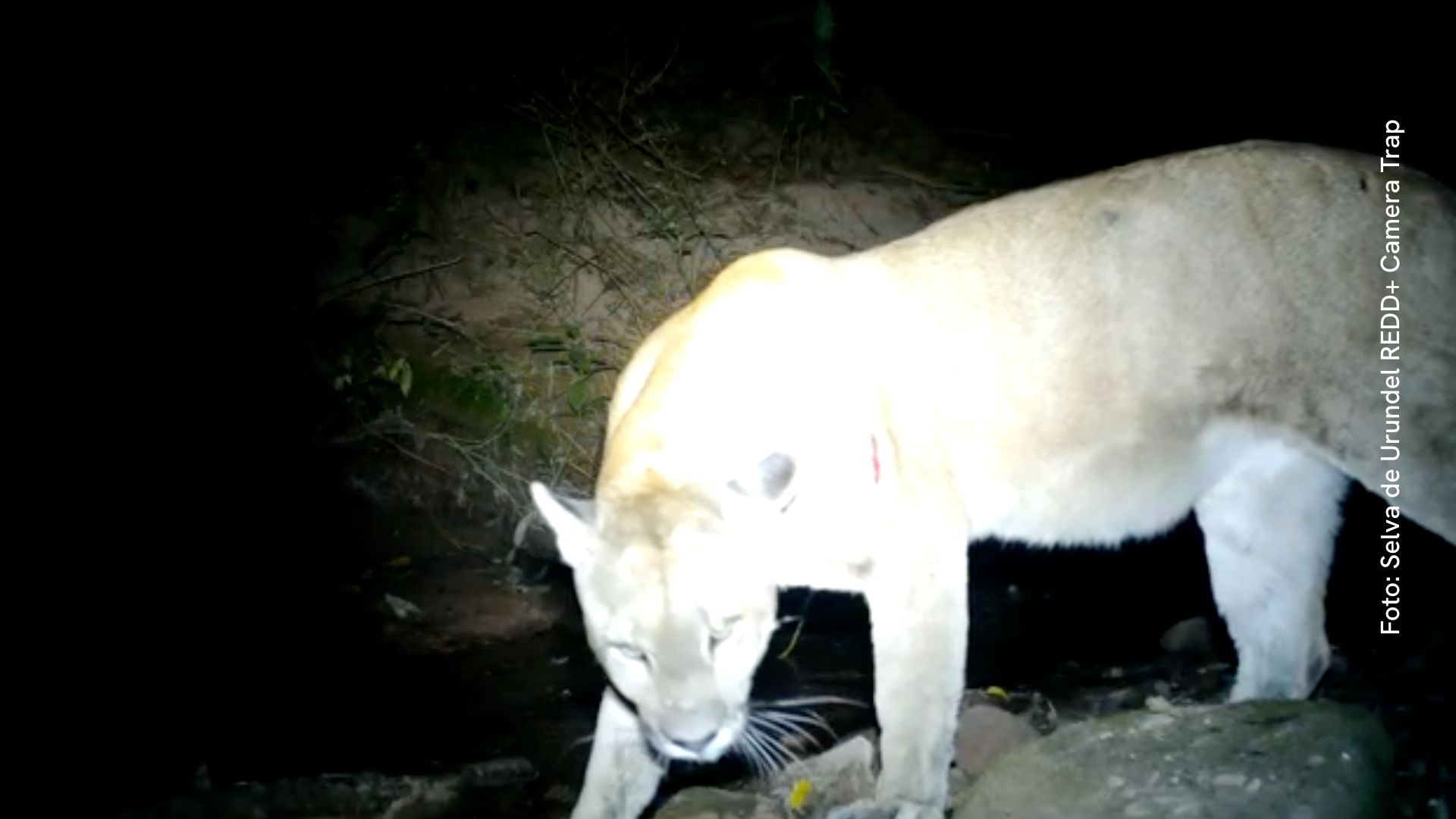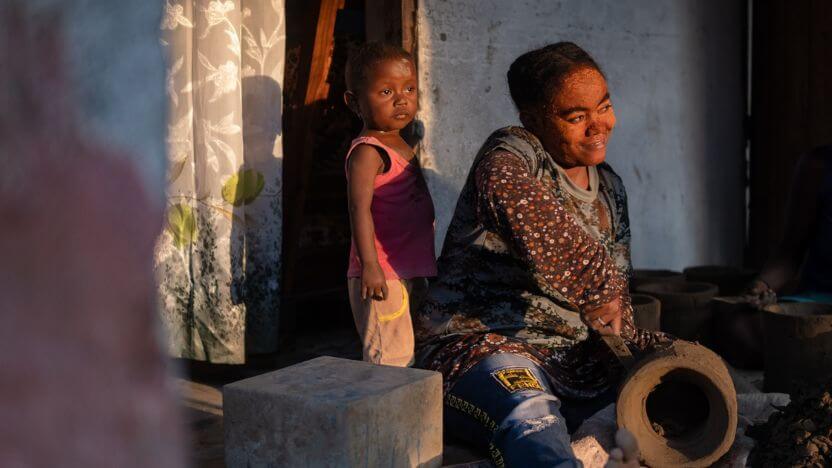How we turned vineyards into climate allies, redefining wine as a force for regeneration. Co-funded by the EU LIFE Programme,
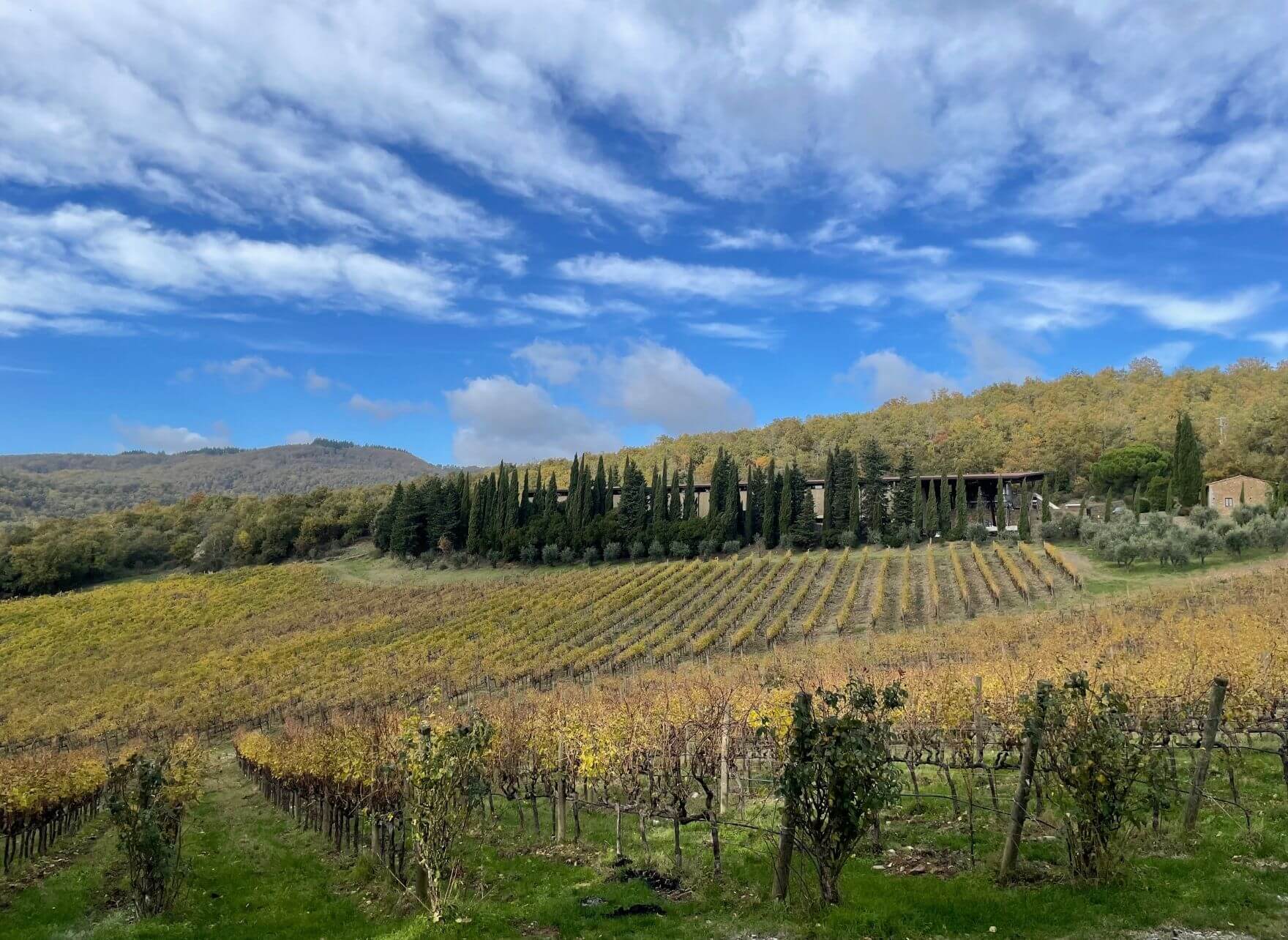

Location
Italy
Registry
International Carbon Registry – iCR
in collaboration with
Image Line (Leader), CREA, Castello di Albola, Ruffino 1877, San Felice Wine Estates, UPA Siena, EZ Lab France
The project in a glance
Reviving the soil beneath the vines
We bring together scientific innovation and the deep-rooted knowledge of winegrowers.

Baseline scenario
Soil is Earth’s largest carbon sink, but intensive agriculture can flip the balance, turning vineyards from carbon allies into carbon sources.
DRIVERS
We launched a collaborative pilot to restore Soil Organic Carbon, applying science, digital tools, and market incentives to four wine estates.
OUR SOLUTIONS
No-tillage, cover crops combined with a IT platform and a replicable roadmap for carbon revenue.
OUTCOMES
SOC sequestration, enhanced fertility, and new business models for sustainable viticulture, making carbon an asset, not a burden.
BASELINE SCENARIO
Climate action ages even better than wine
Core goals
Restoring Soil Organic Carbon
Enabling climate-smart viticulture
Builiding a scalable carbon economy
LIFE VitiCaSe is the first EU-backed project to prove that vineyards can grow more than grapes, they can grow carbon, too.
Through a partnership between premium Italian wineries (Castello d’Albola, Ruffino, and San Felice) and scientific leaders like CREA, the project has introduced carbon farming practices across 336 hectares.
SOC-rich practices, like no-tillage and cover cropping, restore the soil, reduce greenhouse gas emissions, and generate high-integrity carbon credits.
The initiative is already demonstrating how climate goals can go hand-in-hand with terroir, tradition, and technology.
And the goal is scale: over 16,000 winegrowers are now within reach through the Image Line network, turning Italy’s vineyards into a living lab for sustainable land use.
DRIVERS
From degraded land to regenerative legacy
Soil degradation in Italy is advancing fast, especially in high-value agricultural sectors like wine.
But LIFE VitiCaSe is changing that trajectory, starting from the ground up.
Using the RothC model and field sampling, the project is quantifying change precisely and transparently, while empowering growers with actionable tools.
SOC becomes more than a metric. It becomes a story: of renewed fertility, of long-term vision, of land that gives back.
1
Soil at risk
Decades of intensive viticulture have stripped Italian soils of organic carbon, weakening their resilience.
2
Scientific bottlenecks
SOC monitoring is complex, time-consuming, and often inconsistent across geographies.
3
Fragmented standards
A lack of harmonized certification protocols makes trust and scale harder to achieve.
SOLUTIONS
Rebuilding trust in the ground that feeds us
Regenerative agriculture
No-tillage practices preserve soil structure and boost carbon retention.
Cover crops enrich the soil, support microbial life, and prevent erosion.
Crop rotation enhances biodiversity and strengthens the land’s natural resilience.
Certified digital platform
A digital tool for transparent, certifiable estimation of Soil Organic Carbon (SOC).
Field data verified with accuracy and full traceability.
Supports high-integrity carbon certification through rigorous data and third-party validation.
Pilot implementation
Implemented in 4 vineyards covering over 336 hectares.
Generates real-world data on regenerative practices in wine production.
Offers a scalable model for sustainable viticulture across the Mediterranean.
Knowledge Transfer
A replication plan through Image Line engages a network of 16,000 wine producers.
Translates scientific data into practical, farm-level decisions.
Scales up climate-positive practices across the viticulture sector.
OUTCOMES
Environmental
We turned terroir into climate impact
From iconic wineries to everyday vineyards
Soil becomes a carbon bank
Wine becomes a story of regeneration
Healthier soils revive microbial life, pollinators, and biodiversity
Scientific
We made science work for the land
- SOC tracking made accurate through RothC model
- Field-based data verified by third parties
- Digital certification ensures market-grade credibility
Economic
We cultivated a new economy from the soil
- 363 to 7,396 tCO₂eq sequestered in 4 years
- Pilot-tested carbon business model for winegrowers
- Healthier soils reduce input costs and increase long-term resilience


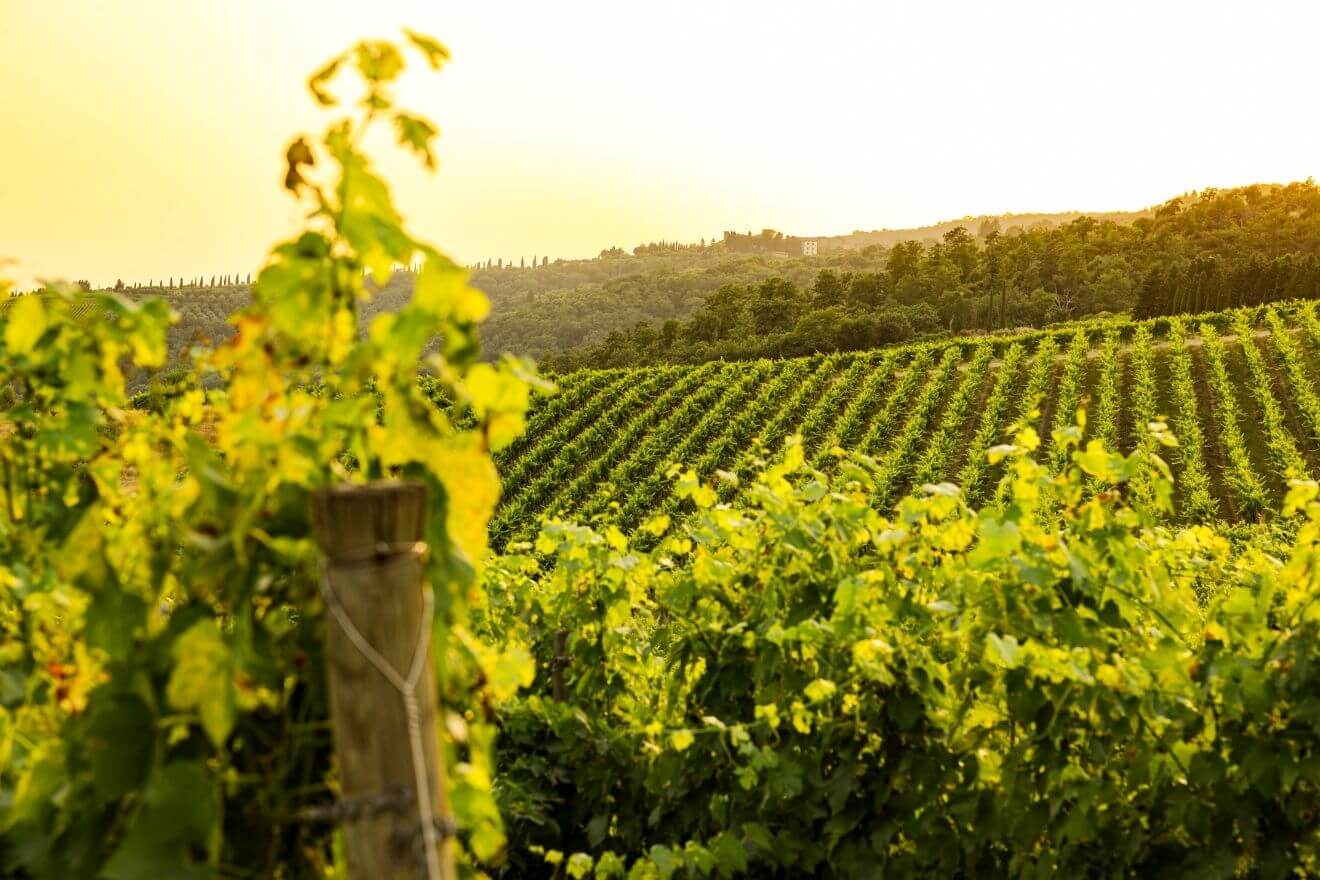
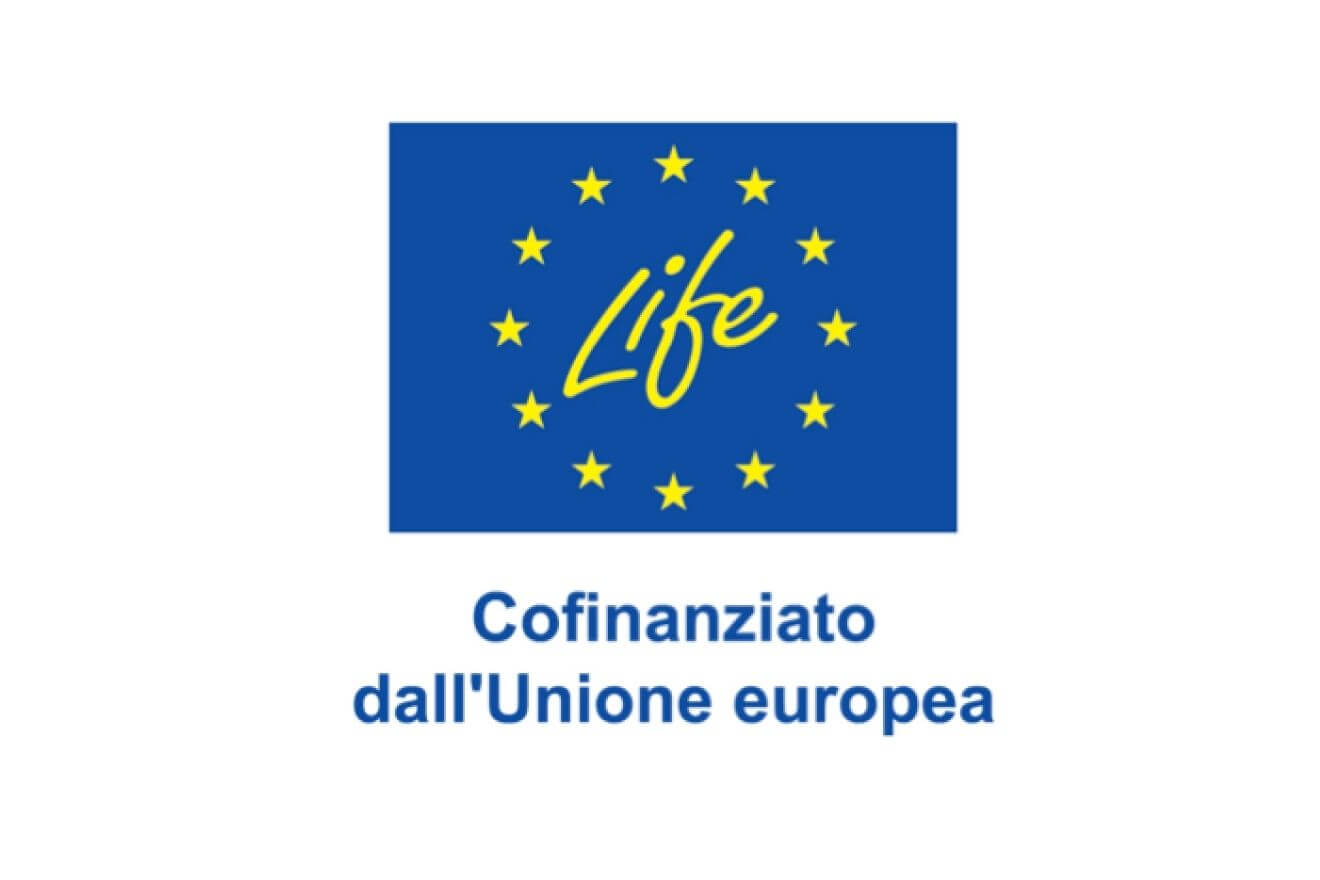
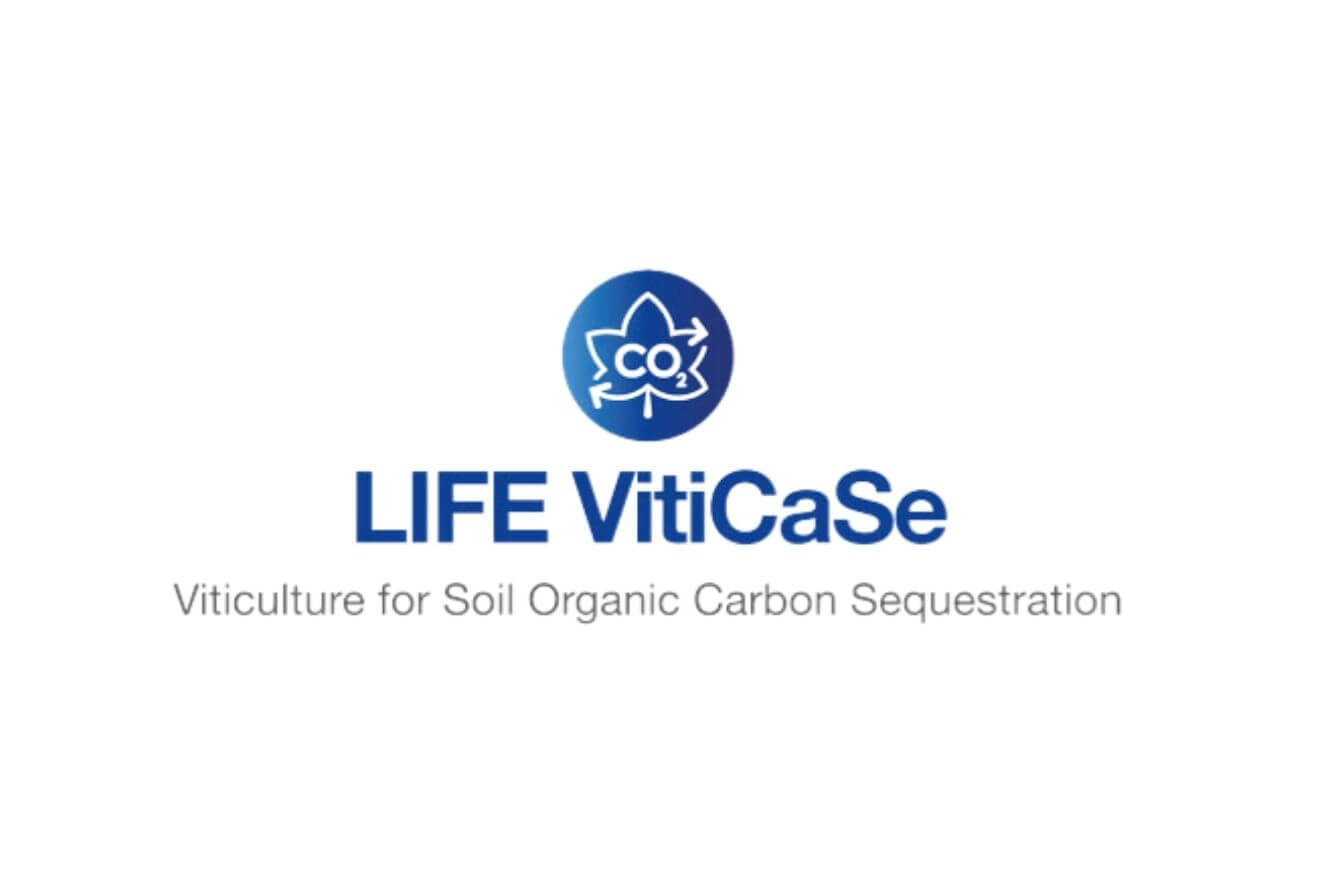
Insights
dive deeper in the project
Camera Traps
16/09/2025
Camera Trap: The Puma
Community voices
09/06/2025
Women's Emancipation Through Efficient Cooking Systems
